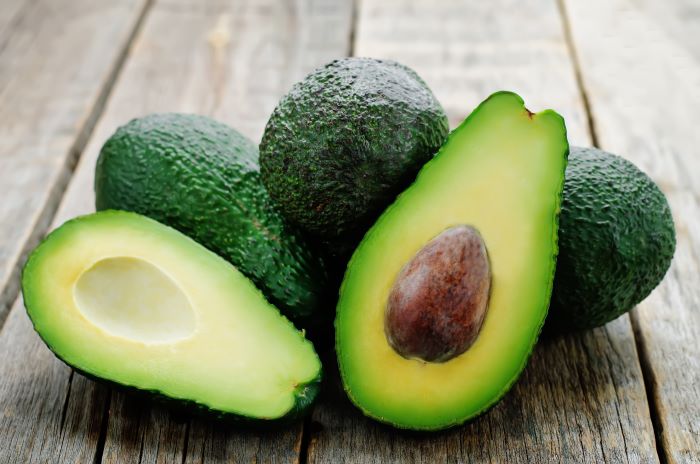
The Jama Network Open recently published a study from Harvard University and John Hopkins University that found that climate impact labels could reduce the amount of red meat people buy. These results come as governments try to minimize the impact of agriculture on the environment. Policymakers are discussing ways to encourage people to eat less carbon-heavy foods.
The impact of livestock farming on climate change
The Intergovernmental Panel on Climate Change published a report in April asking world leaders to lead the transition to a healthier and low-emissions diet. However, the challenge has come in making people switch from red meat to foods that are better for the environment.
Henry Dimbleby, the food tsar in the UK government, states that it would be impossible for the government to direct people to consume less red meat. Currently, 85% of the country’s agricultural land goes into livestock farming. Dimbleby believes that the UK needs to reduce meat production by 30% in the following ten years to reach sustainability. However, Greenpeace believes that a 70% reduction is essential.
Studies have shown that livestock farming, especially beef farming produces methane which is a greenhouse gas. It is 34 times more dangerous to the ozone layer over 100 years than carbon dioxide. Although lamb has the second highest impact on the environment, its emissions are 50% of that of beef. Beef farming is also responsible for the increased deforestation in tropical rainforests.
How researchers conducted the study
The study was to find ways to encourage people to eat less red meat. It concluded that labeling products with the impact they had on climate change helped reduce meat production as it served to make people aware of the consequences of their choices.
In the study, participants were given fast food menus and asked to order a meal. The team split them into three groups. The control group were assigned quick response labels with their menus. The second had green labels to indicate low climate impact on items such as fish, chicken or vegetarian meals. The third group was given a menu with red labels where red meat products were.
The red and green climate labels had information explaining their stance. For instance, the green labels stated that the meal was environmentally sustainable, had lower greenhouse emissions and less contribution to climate change. The red label, on the other hand, noted that the meal was not ecologically sustainable, had higher greenhouse emissions and had a large impact on climate change.
Results of the study
The researchers compared the results with the control group and found that 23.5% more respondents chose friendlier options when given the red labels. Among the green-label groups, 9.9% more people chose a sustainable option than the control group.
The researchers later used a mean perceived health score. They found that participants who had chosen sustainable meals were more likely to grade their food as healthy than those who didn’t.
Intensive chicken and fish farming is unsustainable
While the researchers used green labels for chicken and fish, other experts disagreed. Other studies indicate that farming chicken or fish intensively could also be bad for the environment.
The study authors state that livestock farming, often led by beef farming, accounts for 14.5% of greenhouse gas emissions. Although livestock farming has a high impact on climate change, it is modifiable hence the push by many organizations to reduce meat consumption.
In many countries, including the U.S., red meat intake is higher than experts recommend. Changing dietary patterns from red meat to more sustainable options could reduce greenhouse emissions by approximately 55%.
The researchers concluded that it was more effective to label food as non-sustainable than to tell people about more sustainable choices.






